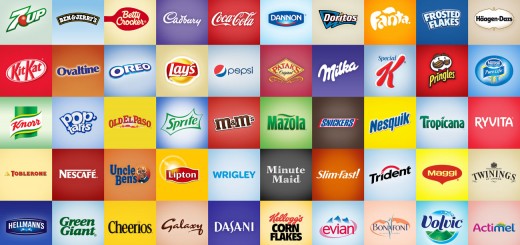Navigating the digital ecosystem: Responsive vs. adaptable web design
While the red hot mobile medium is undoubtedly the most popular for reading emails and accessing Facebook, marketers should not make the mistake of forsaking all other channels – there is too much at stake to do that.
In fact, a study conducted by PwC found that 60 percent of Singaporeans shop online at least once a month. Moreover, they are not just using their mobile devices to conduct purchases, but also to compare pricing and product information before selecting on the best one. They consult multiple channels — from websites and traditional catalogues to smartphones, tablets and stores.
One size fits all
Marketers can increase their efficacy in this cross-channel marketing ecosystem by delivering experiences that are in line to the customer’s current context – an approach I refer to as context marketing.
To provide a contextual experience and be part of today’s digital conversation, brands need both multichannel campaigns and the technological capabilities that support them. Among other things, they need to understand when to employ a responsive or an adaptive web design.
Although the concept of Responsive Web Design (RWD) has been around for a couple years, it can be expected to have an even bigger uptake in 2017. The concept is simple. It allows designers to create a single, dynamic site that can adjust and arrange its content to best display on devices of any size and resolution. Be it form-driven sites, small basic websites or simple campaigns on mid-size websites, microsites with short life spans, websites with no mobile requirements or even desktop-to-tablet layouts that display the same content. This is achieved through Fluid Grids – a term for a design that works no matter the screen size. Think of it like a single ball growing or shrinking to fit through several different hoops.
The disadvantage of using RWD is that it can generate unnecessary overheads that can quickly degrade the mobile user experience. It requires a lot more coding to ensure the site fits each and every screen that access it. For instance, a HTML content could render a smartphone with just a few kilobits whereas the RWD would have to download three megabytes of code before displaying the same content. This unnecessary data transmission also results in the brand taking on excessive hosting costs all the while the smartphone struggles with the extra megabytes of information.
Digitising the path to purchase
Adaptive web designs on the other hand, help brands provide alternatives to responsive content that allow marketers to dramatically improve the customer experience across those channels in nearly every industry. Where it differs from a RWD website is it does not have a single layout that always changes. Instead, there are several distinct layouts made in advance that wait on standby until a consumer visits the site. The site detects which platform the user is on and delivers the appropriate pre-set layout for that device. So instead of having a single ball moulding and shaping around different sized hoops, you would have several different balls to use depending on the hoop size.
International Data Corporation reported that Singaporean consumers, are mainly, Omni-channel buyers and use their smartphones, tablets, laptops to explore and compare products 24/7 . Red Mart found that 40 percent of their products are actually bought using mobile devices, and about 70 percent use the app to browse for items before their purchase.
From a brand’s perspective, this would mean less work for developers as they can use the smallest amount of code to present the appropriate content to a specific device. This ensures fast performance, a channel-optimized user experience and the ability to detect and respond to multiple devices independently. Web designers and marketers can rethink content and its presentation from different devices, and not just resize generic one-size-fits-all-channels-content. Furthermore, automatic device detection ensures that content is sized correctly, adapted to the device’s navigation and to the user’s profile information.
Adaptive web design can dramatically improve the purchase process by quickly and efficiently presenting content in a format ideally suited to each device and by supporting a single conversation thread woven seamlessly throughout the journey. These adaptive design approaches are based on a key architectural tenet: separation of content and display. This server-centric construct starts with device detection, and is followed by instantaneous delivery and display of device-appropriate content.
Delivering omni-channel solutions
Your consumers are already seasoned digital users. The necessity for brands to invest in mobile technology is irrefutable. Providing Omni-channel solutions may be the way to go in order to capitalize on Singapore’s retail ecosystem. Despite the emphasis on mobile, industry leaders would also be foolish to ignore the fact that some Singaporeans still consider standing in physical stores the most important aspect of the retail experience.
Given all that, when it comes to selecting either responsive or an adaptive web design, brands have to make an evaluation on what appears as a constantly evolving and shifting ground. By learning which platform and content generates the highest value added to consumers, only then can they single out a design to deliver great customer experiences within this multichannel ecosystem.
The post Navigating the digital ecosystem: Responsive vs. adaptable web design appeared first on Digital Market Asia.



